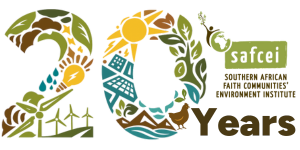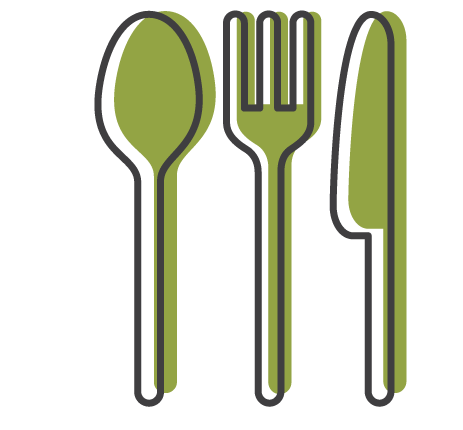Local is lekker: 7 Gardening Tips
- Published:
By Valerie Payn
(This is an extract from the e-book An Ecological Gardeners Handbook)
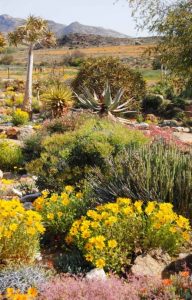 This garden at Goegap Nature Reserve. Namaqualand, blends perfectly into its arid surroundings.
This garden at Goegap Nature Reserve. Namaqualand, blends perfectly into its arid surroundings.
Earth has a wonderfully diverse array of landscapes, climates, natural environments and culture. These all contribute in various ways to our rich cultural and ecological heritage. If our gardens are to play a conservation role, we can’t adopt ‘one size fits all’ solutions to gardening. We have to plan and manage our gardens to suit local climate and soil conditions, local topography, and take into account the needs of local wildlife and local people.
Gardens that suit local conditions can survive and thrive with very little attention. They follow the natural rhythms and patterns of local nature, and mimic the way local eco-systems work. Often, they mirror the look and growth patterns of local wild plant communities. A garden in a dry, semi-desert, for instance, will function and look different to a garden in a cold, moist temperate region.
Gardens that are well-fitted to their environment also reflect local culture, helping conserve local foods, history, art, customs and architecture. Because they are designed with local culture and local Nature in mind, these gardens develop a strong local character, taking on the unique characteristics of local landscapes.
To create a locally well adapted garden, follow these tips:-
- Take time to become familiar with conditions in your garden at different times of the year, and plan your garden with these in mind. These conditions include local seasonal weather patterns, soil conditions, and the nature of the environment around the garden.
- Choose plants carefully to suit conditions on site. Ideally, the plants you cultivate should be able to survive local weather and soil conditions with a minimum amount of attention. Become familiar with local weather patterns. Do you experience distinct rainy or dry seasons? What sort of temperatures can you expect at various times of year? What is your soil like? How does it absorb and drain water? Is it fertile, or lacking in certain nutrients? How does water collect and drain in your yard? Where are the sheltered spots and the more exposed parts? Is your site, or part of it, affected by strong winds, heavy frost, excessive heat, or bad drainage? Where do sunlight and shadows fall at various times of year?
- Learn something about the special character of your local environment. What makes your area unique? Are there any special features, human-made or natural, that stand out and give the local landscape a distinctive quality? Natural features might be rock outcrops, the general lie of the land (hilly, flat, mountainous, coastal etc), nearby water sources such as rivers, native vegetation, local soil conditions and colours in the landscape, and the species and growth patterns of local native plants. Human made features include distinctive local architecture and building techniques, local designs, culture and art. Make a clipboard of pictures, colours and shapes that reflect unique things about your local environment. Use this to inspire ideas for your garden.
- Get to know the habits of local wildlife. What insects, birds and small animals do you notice in your local environment, and what plants do these creatures visit? Grow plants that provide food and habitat for wildlife.
- Let local wild plant communities inspire your planting. Use local indigenous plants as much as possible. These are, after all, ideally suitable for local climate and soil conditions. Growing indigenous plants helps conserve local plant biodiversity and wildlife. Visit local wilderness areas, nature reserves and native plant gardens nearby for inspiration. What sort of plants do you find growing there? What do the wild plants that grow in your area look like? What sort of leaves and stems do they have? How do plants arrange and group themselves across the landscape? When do they flower, fruit and seed? What do local wild plant communities look like in different seasons?
- Let local culture inspire you. Support local businesses, craftspeople and artisans. Avoid using scarce or far away resources that need great effort and energy to transport across the country. Use what is abundant around you.
- Don’t thoughtlessly copy ideas you see in gardening magazine from distant parts of the world or in other people’s gardens. First think carefully whether any ideas that inspire you suit the local natural environment around your garden, local culture and your own needs.
This story follows on from Sacred Garden, which we posted in our last newsletter.
An Ecological Gardeners Handbook by Valerie Payn explains how gardeners can use natural processes to create gardens with healthy, vibrant, productive eco-systems. Each chapter focuses on one aspect of creating a vibrant garden eco-system, and provides gardeners with a range of simple, practical steps to follow.
Some of the topics covered by An Ecological Gardeners Handbook include:
- The benefits of creating a healthy garden eco-system.
- The basic qualities of healthy garden eco-systems.
- Gardening to cope with extreme conditions.
- Creating gardens that suit different climate zones.
- Natural was of improving soil fertility, and managing garden pests and diseases.
- Pollinator friendly gardening.
- Transitioning a garden towards more eco-friendly practices.
An Ecological Gardeners Handbook is available worldwide from most major ebook distributors.
Who we are
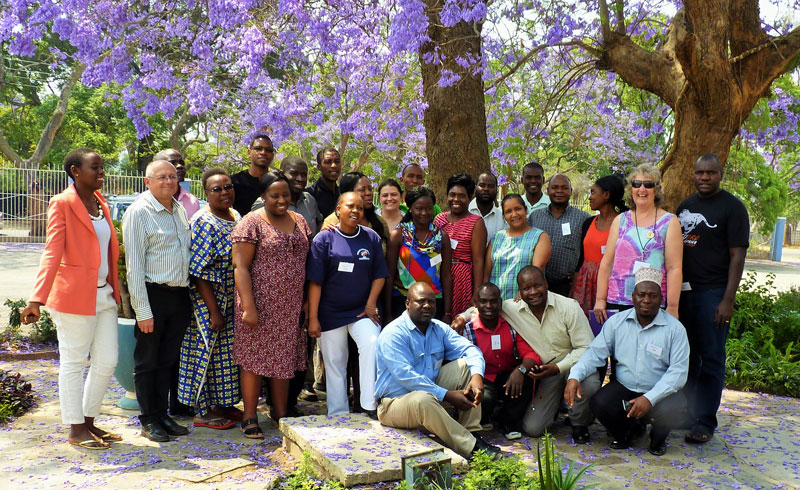
SAFCEI (Southern African Faith Communities’ Environment Institute) is a multi-faith organisation committed to supporting faith leaders and their communities in Southern Africa to increase awareness, understanding and action on eco-justice, sustainable living and climate change.
Featured Articles
-

South Africa: Who Ends Up Paying If DMRE Cooks the Price of Nuclear Power?
-

South Africa’s nuclear energy expansion plans continue to draw criticism, environmental NGOs chew over legal challenge
-

Earthlife Africa and SAFCEI respond to latest unsettling nuclear news regarding the ministerial determination
-
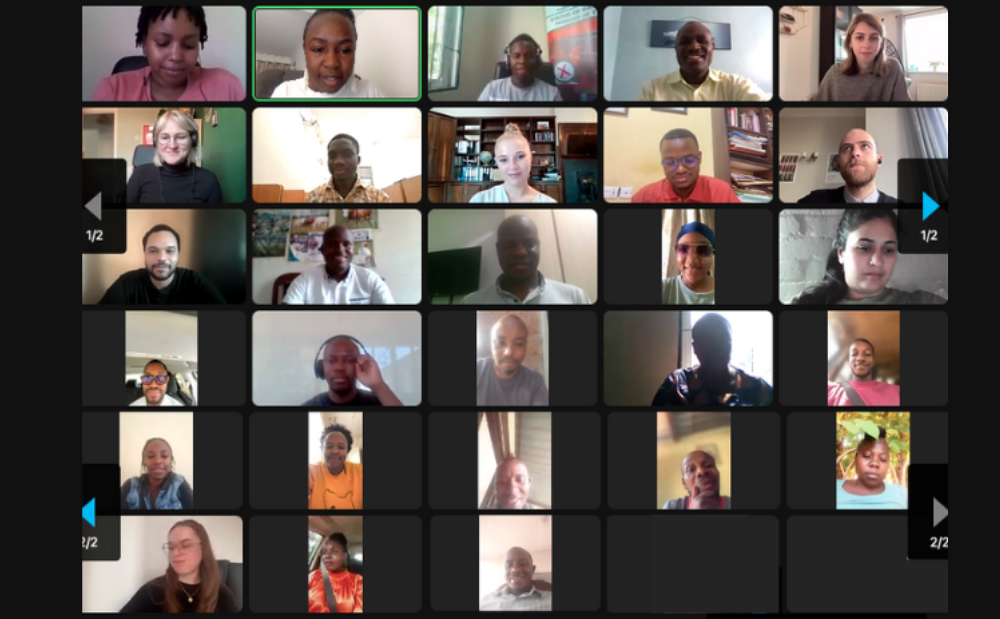
Open Wing Alliance Africa (Virtual) Summit 2023
-

The Green Connection and SAFCEI respond to energy minister's divisive and deflecting comments
-

Job Vacancy: FLEAT Coordinator
